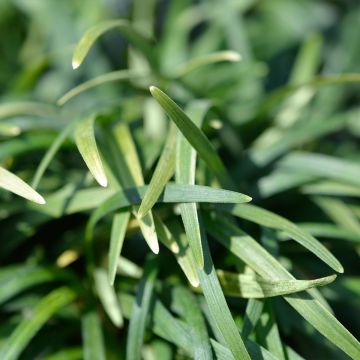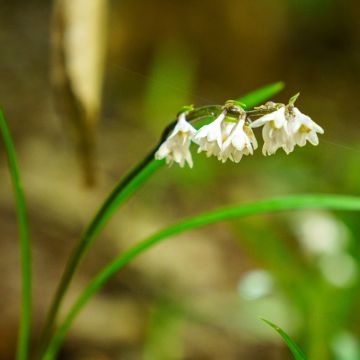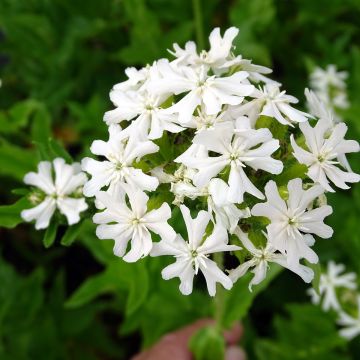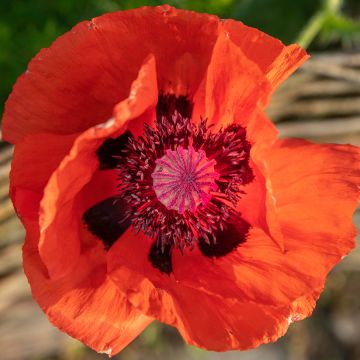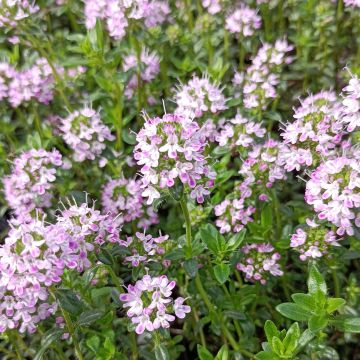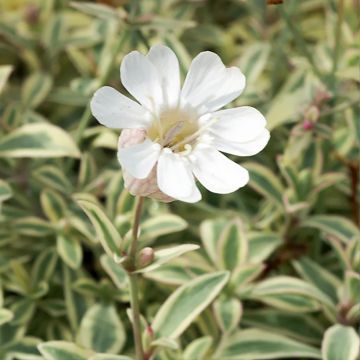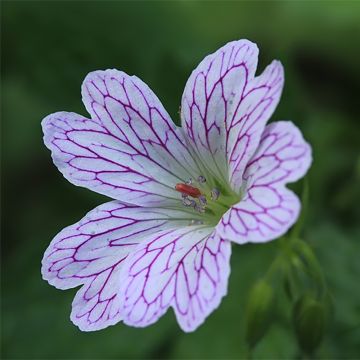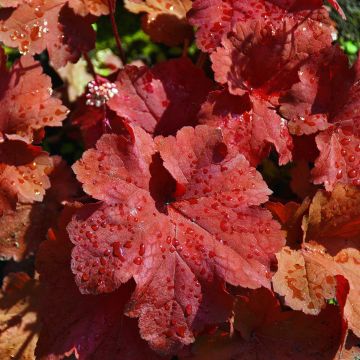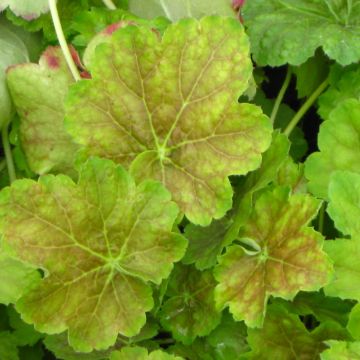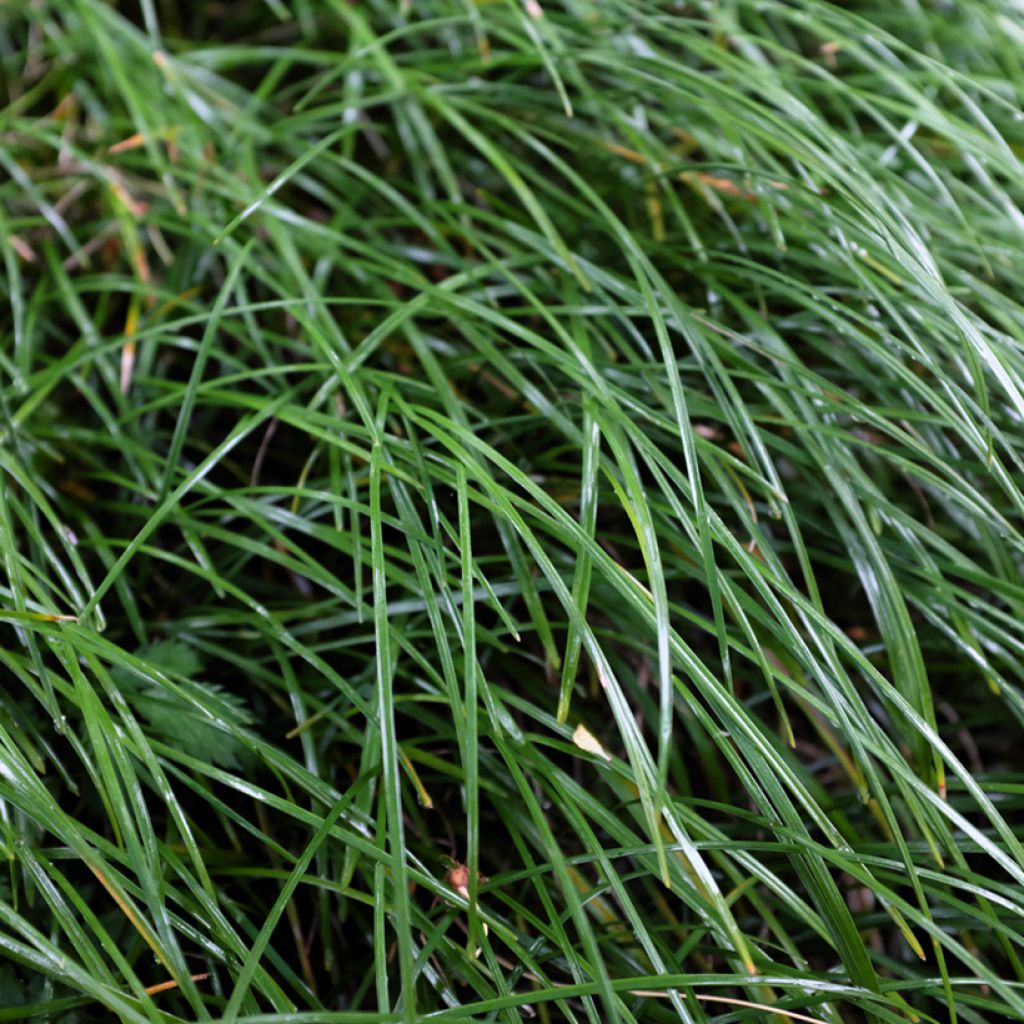

Ophiopogon planiscapus
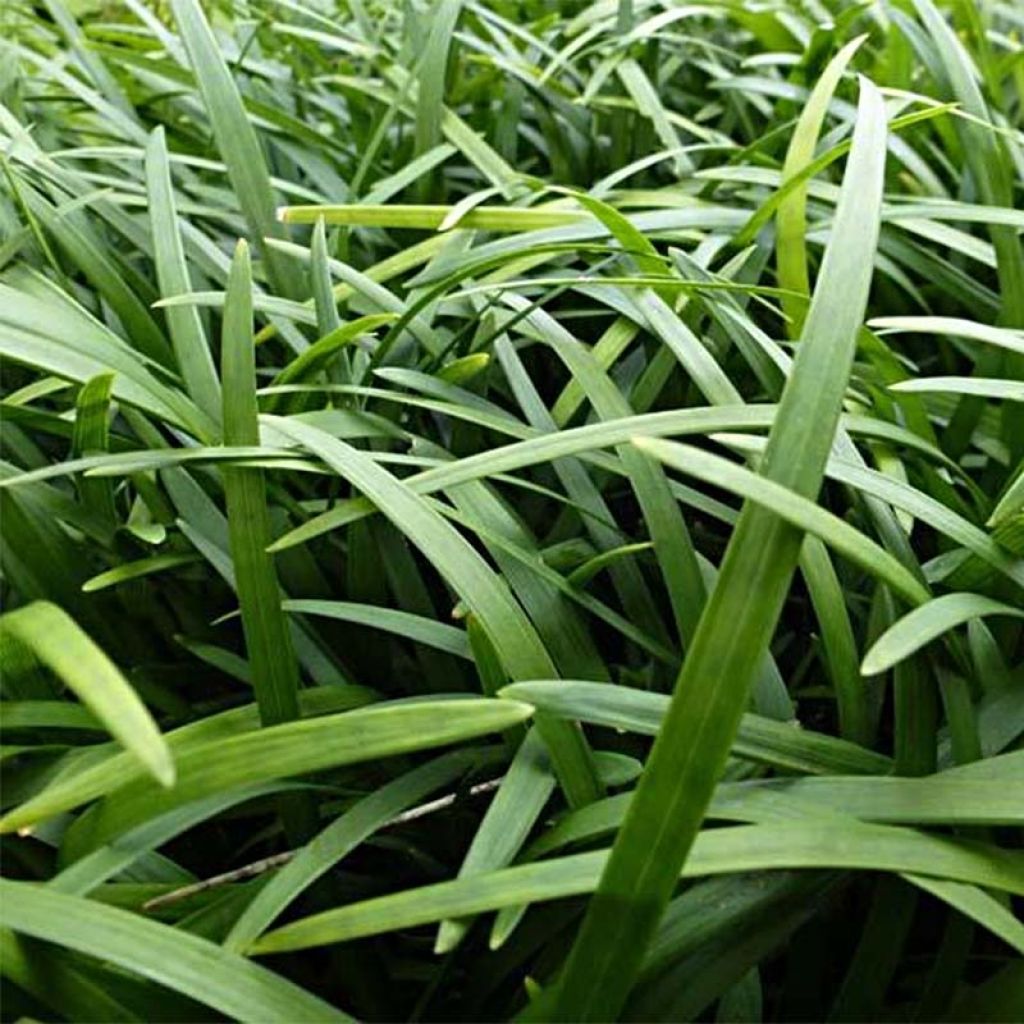

Ophiopogon planiscapus


Ophiopogon planiscapus
Ophiopogon planiscapus
Ophiopogon planiscapus
Mondo Grass, Fountain Plant, Monkey Grass, Snake's beard
More sturdy than couch grass, they have joined the collection of ophiopogons in another shade of green. They are perfect for structuring the containers among the flowering pots.
MYRIAM Baboula , 21/09/2022
This item cannot be shipped to the selected country
Delivery charge from €5.90
More information
Schedule delivery date,
and select date in basket
This plant carries a 12 months recovery warranty
More information
We guarantee the quality of our plants for a full growing cycle, and will replace at our expense any plant that fails to recover under normal climatic and planting conditions.
From €5.90 for pickup delivery and €6.90 for home delivery
Express home delivery from €8.90.
Does this plant fit my garden?
Set up your Plantfit profile →
Description
Ophiopogon planiscapus is a rhizomatous perennial plant, evergreen in mild winter climates, forming a compact clump that slowly spreads. It tolerates root competition well and will form a lovely ground cover with beautiful, dark green, strap-like foliage. In July, discreet small white-pink bell-shaped flowers appear. It can be placed in both mild sun and shade, in well-draining, humus-rich, slightly acidic soil.
Ophiopogon is a genus native to shaded thickets and wooded areas in China and Japan, belonging to the lily family. Ophiopogon planiscapus is a rhizomatous perennial with trailing roots, forming a compact, round clump that reaches 20cm (8in) in height and spreads up to 30cm (12in). It has slow growth and gradually forms small scattered clumps. Its evergreen foliage, similar to grasses, consists of linear, ribbon-like, arching leaves, measuring 10 to 35cm (4 to 14in) in length and dark green in colour. In July, small campanulate flowers appear, measuring 4 to 7mm (0in) in length, white-pink in colour, forming clusters that are 4 to 8cm (2 to 3in) long. This discreet flowering gives way to fruiting in the form of fleshy spherical fruits, measuring 3 to 5mm (0in) in diameter and blue-black in colour.
This attractive clump with its dark green foliage, decorative in all seasons, is an ideal ground cover plant in non-limestone soil. It tolerates root competition and shaded areas, making it perfect for planting at the base of large trees or bushes. It is also comfortable in non-scorching sun and can be planted on slopes where its roots prevent soil erosion. It has many other uses: as a border plant, in a rockery, in pots, containers, or on a terrace. Its most suitable use is in a scree garden or a small Japanese garden. Bonsai enthusiasts use them as "Kusamono," which are plants presented with miniature trees to enhance their beauty. It can withstand light foot traffic and can serve as a lawn in less frequented areas of the garden. This Ophiopogon planiscapus can be combined with Hostas, Violets, Columbines, Ferns, Lily of the Valley, Periwinkles, Heucheras, spring bulbs, etc. It will perfectly complement the base of Rhododendrons, Azaleas, Bamboos, Roses, and many flowering shrubs.
Report an error about the product description
Ophiopogon planiscapus in pictures


Flowering
Foliage
Plant habit
Botanical data
Ophiopogon
planiscapus
Liliacées
Mondo Grass, Fountain Plant, Monkey Grass, Snake's beard
West Asia
Other Ophiopogon
Planting and care
Ophiopogon planiscapus is a very easy plant, requiring no care after planting, perfectly evergreen in regions with mild winters. It appreciates a semi-shaded to shaded location. It also tolerates a sunny exposure, if the rays of the sun are not too intense. Morning sun is preferred. Hardy, it will tolerate temperatures down to -15°C (5°F), even if its foliage may be damaged by the cold. In regions with harsh winters, it is strongly recommended to install it in a sheltered position from heavy frost and to mulch its base with a good layer of dead leaves from autumn. Well tolerant to drought, it withstands dry summer periods very well. Planting can be done in spring or autumn, in a soil without too much limestone, slightly acidic, rich in humus, clayey or sandy, well-drained, especially in winter. In cold climates with heavy and wet soil, it is recommended to prefer planting from April to June. Multiplication can be done by dividing the clumps in spring. The seedlings will be spaced 20 cm (8in) apart. Very resistant to diseases, its young foliage can however be attacked by slugs and snails.
Planting period
Intended location
Care
-
, onOrder confirmed
Reply from on Promesse de fleurs
Summer flowering perennials
Haven't found what you were looking for?
Hardiness is the lowest winter temperature a plant can endure without suffering serious damage or even dying. However, hardiness is affected by location (a sheltered area, such as a patio), protection (winter cover) and soil type (hardiness is improved by well-drained soil).

Photo Sharing Terms & Conditions
In order to encourage gardeners to interact and share their experiences, Promesse de fleurs offers various media enabling content to be uploaded onto its Site - in particular via the ‘Photo sharing’ module.
The User agrees to refrain from:
- Posting any content that is illegal, prejudicial, insulting, racist, inciteful to hatred, revisionist, contrary to public decency, that infringes on privacy or on the privacy rights of third parties, in particular the publicity rights of persons and goods, intellectual property rights, or the right to privacy.
- Submitting content on behalf of a third party;
- Impersonate the identity of a third party and/or publish any personal information about a third party;
In general, the User undertakes to refrain from any unethical behaviour.
All Content (in particular text, comments, files, images, photos, videos, creative works, etc.), which may be subject to property or intellectual property rights, image or other private rights, shall remain the property of the User, subject to the limited rights granted by the terms of the licence granted by Promesse de fleurs as stated below. Users are at liberty to publish or not to publish such Content on the Site, notably via the ‘Photo Sharing’ facility, and accept that this Content shall be made public and freely accessible, notably on the Internet.
Users further acknowledge, undertake to have ,and guarantee that they hold all necessary rights and permissions to publish such material on the Site, in particular with regard to the legislation in force pertaining to any privacy, property, intellectual property, image, or contractual rights, or rights of any other nature. By publishing such Content on the Site, Users acknowledge accepting full liability as publishers of the Content within the meaning of the law, and grant Promesse de fleurs, free of charge, an inclusive, worldwide licence for the said Content for the entire duration of its publication, including all reproduction, representation, up/downloading, displaying, performing, transmission, and storage rights.
Users also grant permission for their name to be linked to the Content and accept that this link may not always be made available.
By engaging in posting material, Users consent to their Content becoming automatically accessible on the Internet, in particular on other sites and/or blogs and/or web pages of the Promesse de fleurs site, including in particular social pages and the Promesse de fleurs catalogue.
Users may secure the removal of entrusted content free of charge by issuing a simple request via our contact form.
The flowering period indicated on our website applies to countries and regions located in USDA zone 8 (France, the United Kingdom, Ireland, the Netherlands, etc.)
It will vary according to where you live:
- In zones 9 to 10 (Italy, Spain, Greece, etc.), flowering will occur about 2 to 4 weeks earlier.
- In zones 6 to 7 (Germany, Poland, Slovenia, and lower mountainous regions), flowering will be delayed by 2 to 3 weeks.
- In zone 5 (Central Europe, Scandinavia), blooming will be delayed by 3 to 5 weeks.
In temperate climates, pruning of spring-flowering shrubs (forsythia, spireas, etc.) should be done just after flowering.
Pruning of summer-flowering shrubs (Indian Lilac, Perovskia, etc.) can be done in winter or spring.
In cold regions as well as with frost-sensitive plants, avoid pruning too early when severe frosts may still occur.
The planting period indicated on our website applies to countries and regions located in USDA zone 8 (France, United Kingdom, Ireland, Netherlands).
It will vary according to where you live:
- In Mediterranean zones (Marseille, Madrid, Milan, etc.), autumn and winter are the best planting periods.
- In continental zones (Strasbourg, Munich, Vienna, etc.), delay planting by 2 to 3 weeks in spring and bring it forward by 2 to 4 weeks in autumn.
- In mountainous regions (the Alps, Pyrenees, Carpathians, etc.), it is best to plant in late spring (May-June) or late summer (August-September).
The harvesting period indicated on our website applies to countries and regions in USDA zone 8 (France, England, Ireland, the Netherlands).
In colder areas (Scandinavia, Poland, Austria...) fruit and vegetable harvests are likely to be delayed by 3-4 weeks.
In warmer areas (Italy, Spain, Greece, etc.), harvesting will probably take place earlier, depending on weather conditions.
The sowing periods indicated on our website apply to countries and regions within USDA Zone 8 (France, UK, Ireland, Netherlands).
In colder areas (Scandinavia, Poland, Austria...), delay any outdoor sowing by 3-4 weeks, or sow under glass.
In warmer climes (Italy, Spain, Greece, etc.), bring outdoor sowing forward by a few weeks.

































